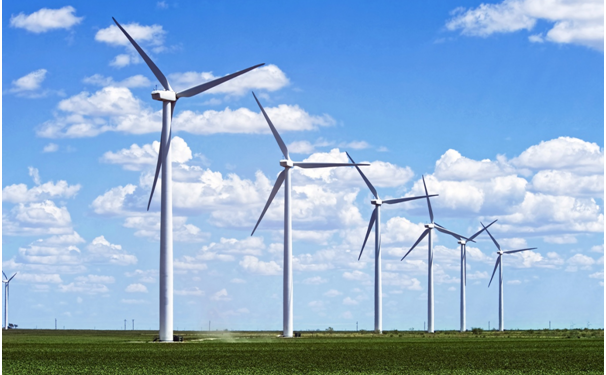Have you built a wind turbine yet? It’s not an impossible task to approach. Many amateurs and professionals have built and utilized wind turbines in their everyday lives.
Of course, a major part of this success is taking the time to educate yourself on the proper configuration of your potential turbine. The two terms that show up again and again in the proper configuration of your turbine are windmill and wind turbine.
What are the differences though, and how can you tell which one of these fits better with your application? Take a look at this guide to a windmill vs wind turbine and hopefully, we can help you make the right decision for your next project.
The Basics of Windmills vs Wind Turbines
Windmills and wind turbines are both energy-harvesting devices that harness energy from the wind. They can be used in various ways to generate electricity, although a wind turbine is more efficient and capable of producing higher power outputs.
What is a windmill exactly? What about a wind turbine?
Windmills
Windmills are traditional machines used for centuries to generate mechanical energy from the movement of the wind. They are recognizable with their heavy wooden structures and multiple sails or blades. These sails turn with the wind, and the blades are usually connected to a grinding stone, making it easier to grind grain.
Wind Turbines
A wind turbine is the modern equivalent of a windmill, relying on the same source of energy. In contrast, a wind turbine produces electricity, rather than mechanical energy.
Although they appear similar, wind turbines are more than twice the size of windmills, with sleek blades attached to a much taller structure. Wind turbines are more powerful and efficient than windmills, yielding far more energy. It is capable of providing electricity to multiple households simultaneously.
Purpose of Their Use
Windmills and Wind Turbines are both devices used to capture and convert the energy of the wind. The main difference between the two is their purpose.
Windmills are generally used to power machinery or mill grain such as corn or wheat. They have blades that turn with the wind, which drives a turbine or mechanism inside the windmill.
Wind turbines are usually built to generate electricity. They are generally connected to an electrical grid where the electricity generated is sold back to the grid. They have several rotating blades which capture and convert the energy of the wind.
They are both beneficial in renewable, clean sources of energy and can be affordable in certain locations. Wind turbines are generally larger, more efficient, and generate greater amounts of power than windmills.
Size and Design
Windmills and wind turbines might be confused, but they are quite different. Windmills are the postcard-perfect symbols of a simpler, rural lifestyle and have been used for centuries to pump water, mill grain, and generate energy. A wind turbine, on the other hand, is a more modern type of energy generation and comes in many sizes and designs.
Windmills are much smaller than wind turbines and are designed more compactly. They also feature a more elaborate and intricate design, with spokes radiating from a center point. Wind turbines are larger and have three blades that rotate around a central hub.
The shape of the blades is what really distinguishes wind turbines from windmills blades are aerodynamically curved to catch the wind and propel the turbine. Both windmills and wind turbines can be used for energy generation, but their design and size make them quite different machines.
Costs
The cost of windmills and wind turbines varies between installations, types, and sizes or heights. Generally, wind turbines are much more expensive than windmills. Wind turbines are estimated to cost anywhere from $1.3 million to $2.2 million per MW of energy, whereas windmills typically cost much less at around $130,000 to $1.8 million per MW.
Even though the cost of wind turbines is much higher, some people may choose to invest in them due to the higher efficiency rate. As a result, even with the higher cost, wind turbines may still be seen as a more cost-effective option in the long run. The costs of the windmill and wind turbine also apply to the technician training cost.
Number of Blades
One of the most noticeable is the number of blades that each one uses to generate energy. Windmills utilize anywhere from two to four blades, usually made from wood, each with a diameter measuring up to 100 feet or more. This size and number allow them to capture a large amount of air, and turn it into energy.
Wind turbines have three blades that are made from a lightweight yet durable material such as fiberglass or carbon fiber. These blades tend to be much shorter with a maximum diameter of around 50 feet and a much lighter weight. The three blades that use to capture the power of the wind at higher altitudes, allowing them to generate more energy.
The Impact of Windmill vs Wind Turbine Technology on the Environment
In conclusion, it’s important to understand the key differences between the windmill vs wind turbine. Both are great options for green energy.
Windmills are used for grinding grain or pumping water, while modern wind turbines are used to generate electricity. If you’re considering investing in renewable energy, explore your options and learn about the benefits of each type.
If you found this helpful and want to read more great content, check out our latest blog posts now!





























